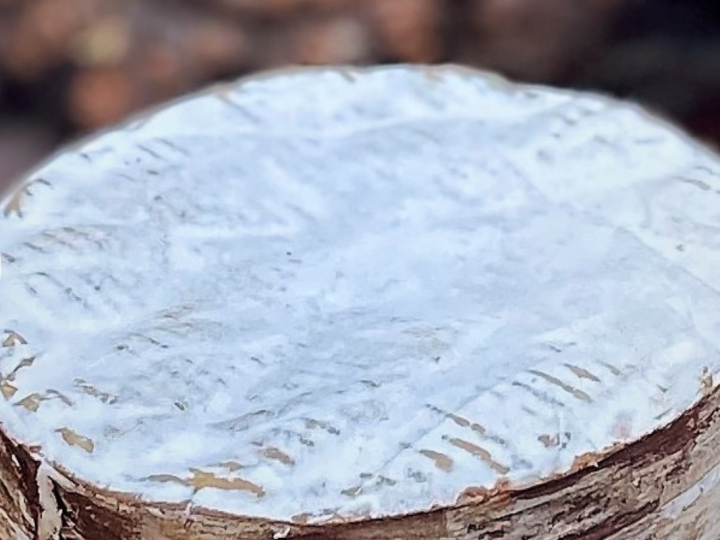A source of great intrigue, how do cheesemakers name their creations? Are they the subject of branding agencies’ innovation? Or perhaps a little more esoteric?
What emerges as we delve a little further is that, perhaps not surprisingly, the practice of naming a cheese varies considerably and there is no rule or requirement to follow a particular path.
Some interesting facts about cheese naming:
- Cheese has been about since Roman times – in Latin caseus, in old English cīese or cēse and Middle English cheese;
- Some cheeses are directly related to the type of milk used – for example a chèvre is a soft cheese made from goats milk; or Manchego named after the specific breed of sheep;
- Cheeses are also named after the group who market them – most uniquely the Trappist cheese, a semi hard cheese often washed in Belgian ales developed by the Trappist monks;
- Many cheese also relate to the way they are made – ricotta, for example, means re-cooked;
- Most commonly, a cheese is named from the region or specific location it is made. Some cheeses have Protected Geographical Status to protect the heritage. For example Roquefort in France or Colby in the USA.
So where did Tunworth and Winslade come from? Our award winning cheeses fall within the practice of naming cheeses by their locality. Nestled in the rolling chalk landscape of Tunworth Down, a short drive from the Hampshire Cheese Company’s creamery are Tunworth and Winslade – neighbouring picture perfect Hampshire hamlets.
The name Tunworth originates from the Old English word ‘Tunneanwyrd’, meaning ‘Tunna’s curtilage’. The hamlet of Winslade has endured several evolutions of spelling – including Winesflot (11th Century), Wineslode (13th Century) and Wyndeflode (14th Century) and Wynslade (16th Century). In the Anglo Saxon period the Manors of Tunworth and Winslade were two of the many estates in the possession of Hugh de Port at the time of the Domesday Survey in 1086.



